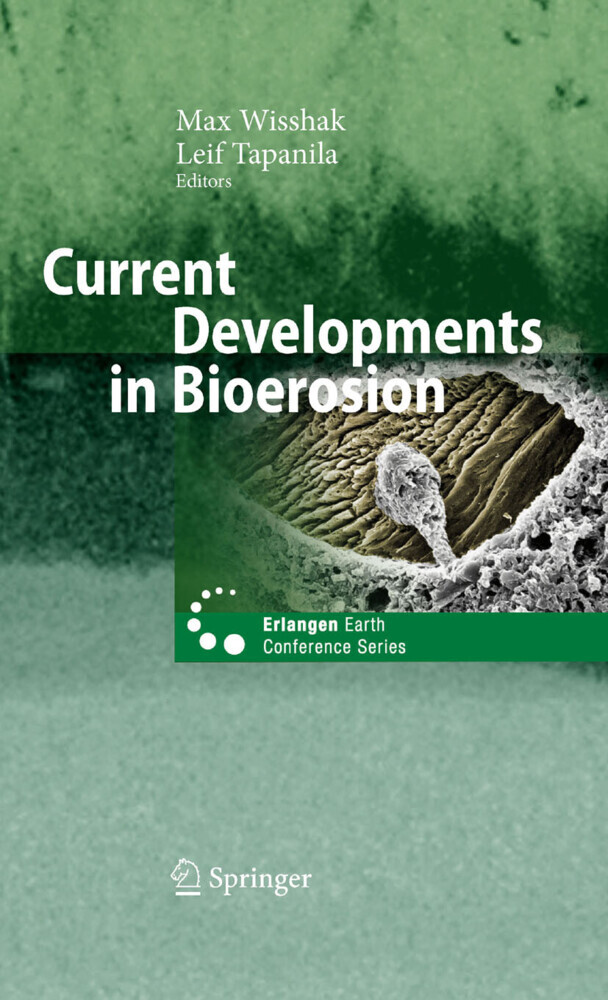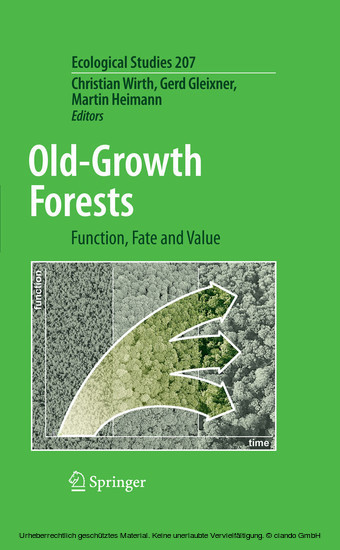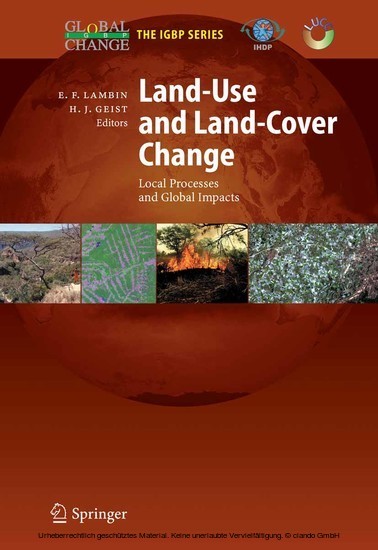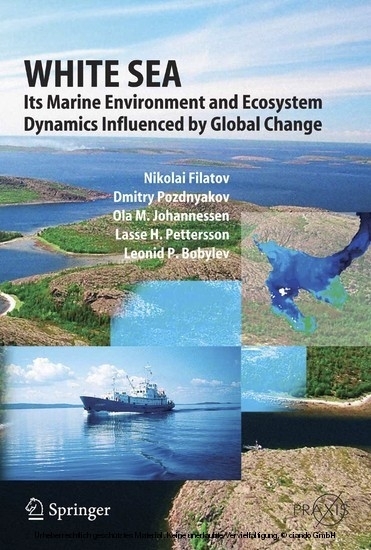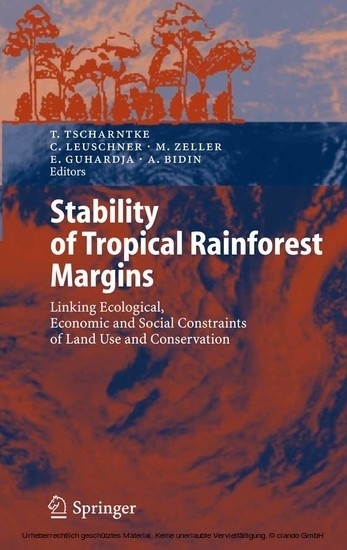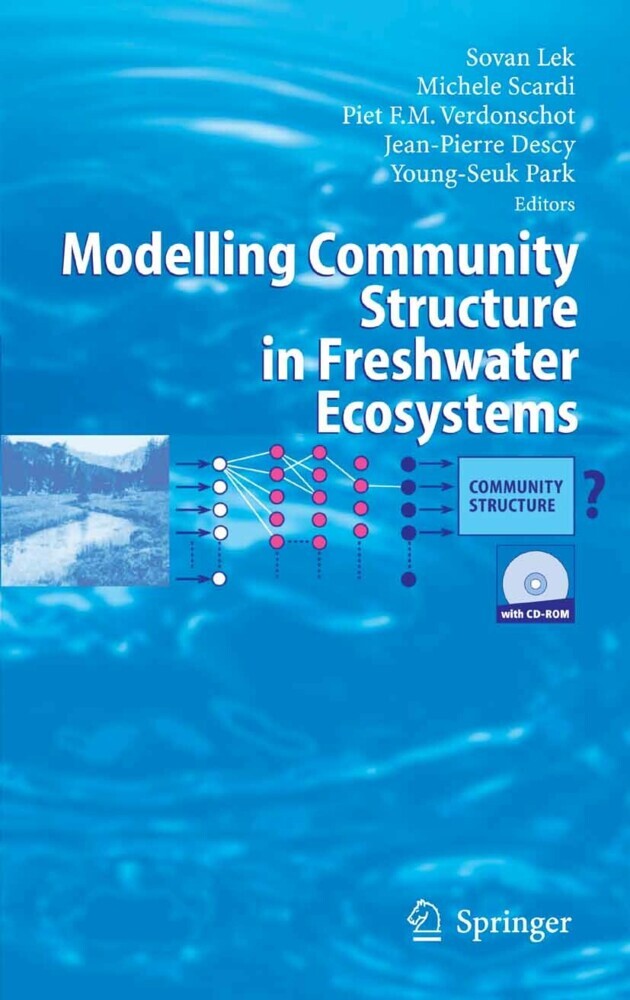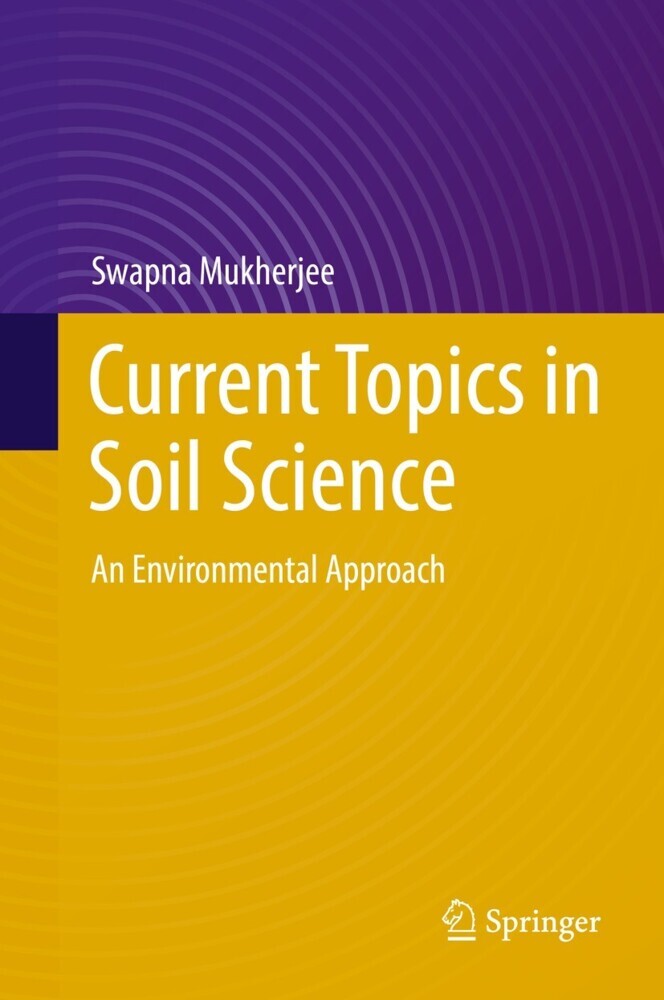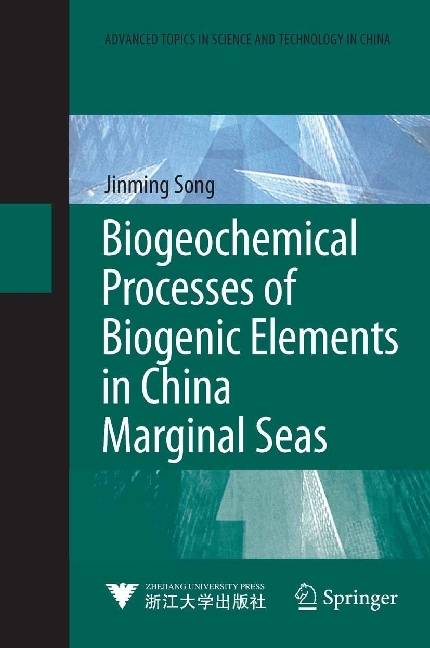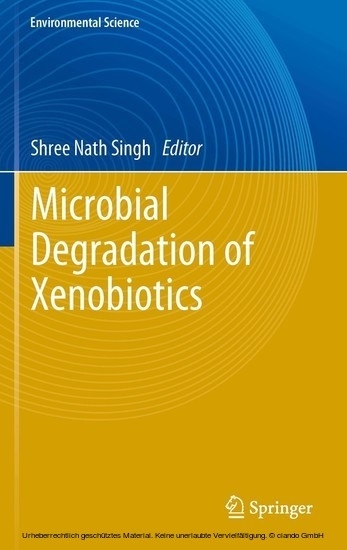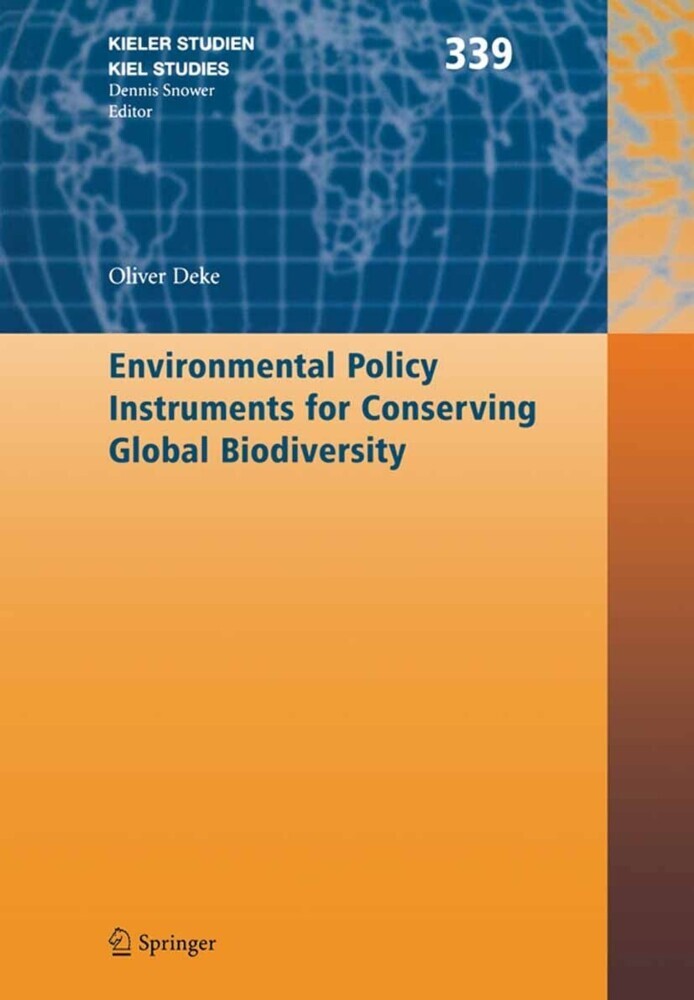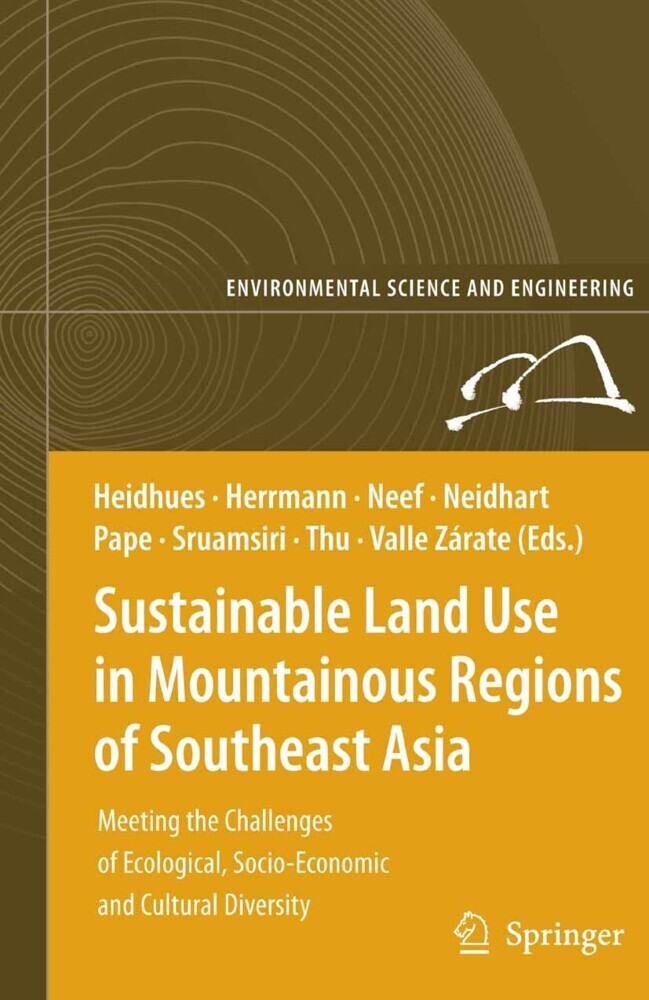Current Developments in Bioerosion
It has become apparent from the literature that bioerosional processes affect a wide range of biological and geological systems that cross many disciplines among the sciences. This book is dedicated to crossing those traditional disciplinary boundaries to present a united and current perspective on the pattern and process of bioerosion. The book opens with papers on the evolutionary significance of bioerosion. It concludes with a primer on the bioerosion bibliography website.
1;Foreword;52;Editors preface;113;Contents;134;The endolithic guild: an ecological framework for residential cavities in hard substrates;184.1;Introduction;194.2;Endolithic fossils for evolutionary paleoecology;204.3;The guild concept;234.4;Primary observations on the endolithic guild;274.5;Conclusions;304.6;Acknowledgements;304.7;References;315;Evolutionary implications of an exceptionally preserved Carboniferous microboring assemblage in the Buckhorn Asphalt lagerstätte ( Oklahoma, USA);365.1;Introduction;375.2;Material and methods;415.3;Results;425.4;Discussion;595.5;Conclusions;635.6;Acknowledgements;645.7;References;645.8;Appendix - Systematic ichnology;686;Enigmatic organisms preserved in early Ordovician macroborings, western Utah, USA;706.1;Introduction;706.2;Geological setting;726.3;Description of body fossils within borings;726.4;Discussion;746.5;Conclusions;776.6;Acknowledgments;776.7;References;787;The boring microflora in modern coral reef ecosystems: a review of its roles;827.1;Introduction;827.2;Diversity of the boring;847.3;Process of penetration into substrates;877.4;Distribution of the boring;897.5;Boring;917.6;sedimentation;917.7;Boring;957.8;primary producers?;957.9;Interactions between euendoliths and their live hosts;997.10;Conclusions;1017.11;Acknowledgements;1027.12;References;1028;The trace Rhopalia clavigera isp. n. reflects the development of its maker Eugomontia sacculata Kornmann, 1960;1108.1;Introduction;1108.2;Materials and methods;1118.3;Results;1128.4;Systematic ichnology;1168.5;Discussion;1188.6;Acknowledgments;1218.7;References;1229;Colonisation and bioerosion of marine bivalve shells from the Baltic Sea by euendolithic cyanobacteria: an experimental study;1249.1;Introduction;1249.2;Materials and methods;1269.3;Results and discussion;1289.4;Acknowledgements;1349.5;References;13510;The medium is the message: imaging a complex microboring (Pyrodendrina cupra igen. n., isp. n.) from the early Paleozoic of Anticosti Island, Canada;13810.1;Introduction;13810.2;Materials and methods;14110.3;Systematic Ichnology;14310.4;Comments on visualization methodologies;15310.5;Conclusions;15510.6;Acknowledgments;15610.7;References;15611;Micro-computed tomography for studies on Entobia: transparent substrate versus modern technology;16211.1;Introduction;16311.2;Material and methods;16411.3;Results;16711.4;Discussion;17411.5;Acknowledgements;17611.6;References;17712;A history of sponge erosion: from past myths and hypotheses to recent approaches;18012.1;Introduction;18112.2;Material and methods;18112.3;Literature review;18412.4;Present results;20212.5;Discussion of present results: the mystery continues;20712.6;Acknowledgements;20912.7;References;21013;Substratum microtexture affects the boring pattern of Cliona albimarginata (Clionaidae, Demospongiae);21813.1;Introduction;21813.2;Materials and methods;21913.3;Results;22013.4;Discussion;22313.5;Acknowledgements;22513.6;References;22514;Two new dwarf Entobia ichnospecies in a diverse aphotic ichnocoenosis (Pleistocene / Rhodes, Greece);22814.1;Introduction;22914.2;Materials and methods;22914.3;Results;23014.4;Systematic ichnology;23414.5;Discussion;24214.6;Acknowledgements;24514.7;References;24615;Borings, bodies and ghosts: spicules of the endolithic sponge Aka akis sp. nov. within the boring Entobia cretacea, Cretaceous, England;25015.1;Introduction;25115.2;Spicule preservation;25115.3;Material and methods;25115.4;Results and discussion;25415.5;Systematics;26015.6;Conclusions;26115.7;Acknowledgements;26115.8;References;26116;Role of polychaetes in bioerosion of coral substrates;26416.1;Introduction;26416.2;Study techniques;26616.3;Bioeroders;26616.4;Discussion and future areas of research;27416.5;Acknowledgements;27516.6;References;27517;Parapholas quadrizonata (Spengler, 1792), dominating dead-coral boring bivalve from the Maldives, Indian Ocean;28017
| ISBN | 9783540775980 |
|---|---|
| Artikelnummer | 9783540775980 |
| Medientyp | E-Book - PDF |
| Auflage | 2. Aufl. |
| Copyrightjahr | 2008 |
| Verlag | Springer-Verlag |
| Umfang | 499 Seiten |
| Sprache | Englisch |
| Kopierschutz | Digitales Wasserzeichen |

